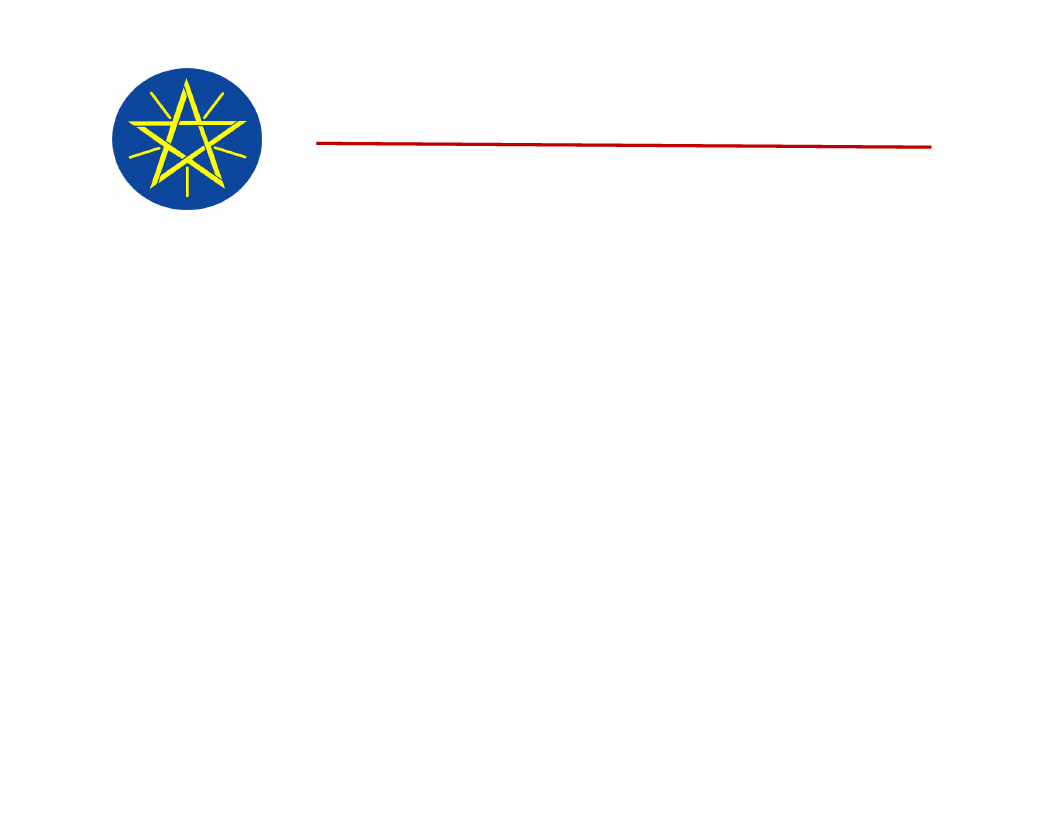
Ministry of Agriculture and Rural
Development
Disaster Risk Management and Food
Security Sector
Workshop on drought risk reduction in the HoA –
lessons learnt from community based operations in
Ethiopia, Kenya and Uganda.
The Sarova Stanley, Nairobi
11 May – 12 May 2010
The Redirected Ethiopian Disaster
Management System
Presented by Beyene Sebeko
Prepared by Mathewos Hunde
Early Warning and Response Directorate
Ethiopia

Outline of this presentation
¾ Overview of previous disaster management practices
¾Why redirection was needed?
¾Major features of the redirected DMS
¾At what stage are we now? In terms of implementing
the new DRM approach?
¾Major achievements and challenges
¾Way forward
2/19
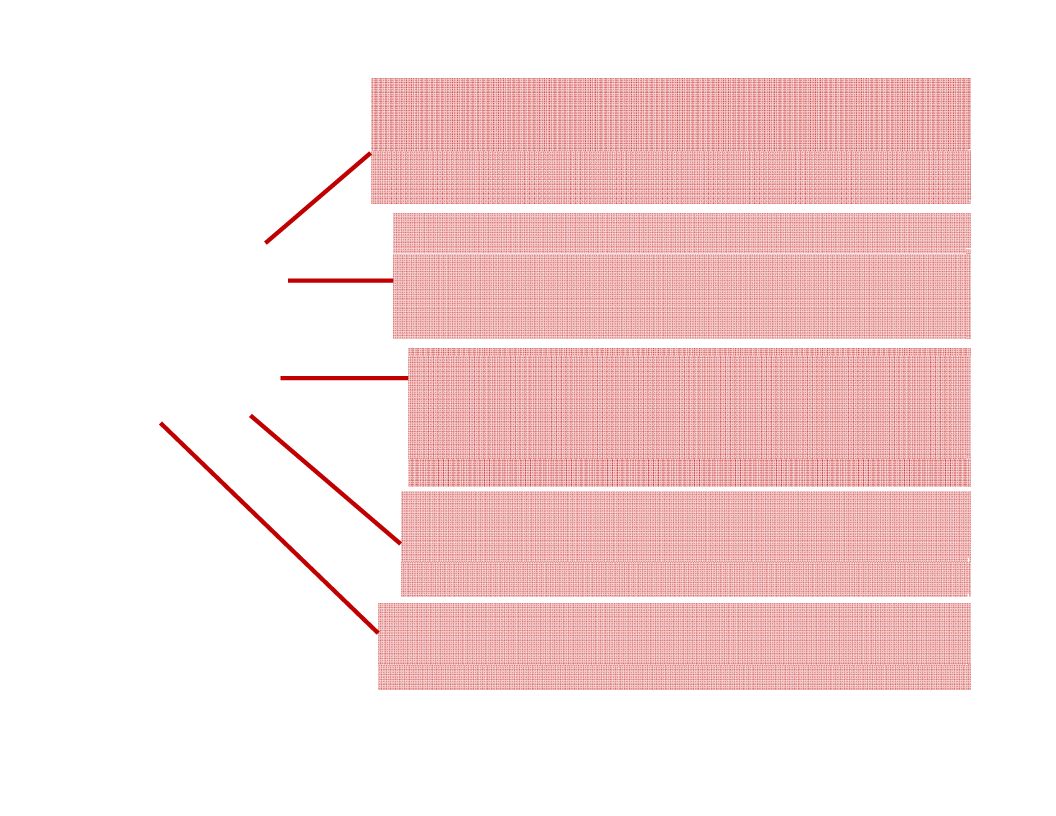
History of
disaster:
Ethiopia is
highly
vulnerable to
a wide range
of disasters
3/19
-Recorded history of disaster goes back to 250
B.CRecorded history of disaster goes back to 250
B.C
-Major causes are drought, flood, human and
livestock diseases, crop pests, war, conflict etc.
the most profound disasters in the last four
decades are those famines and food shortages
that occurred in 1973/74, 1983/84, 1993/94,
1999/2000 and 2002/03.
The 1973/74 and the 1983/84 famines in
particular, caused extensive losses of life
and damage to livelihoods due to
inadequate disaster preparedness.
Drought remains the country’s leading
major hazard while Flood is the second
major hazard next to drought
Recent experience shows an apparent
marked increase in area coverage and
frequency of such disasters
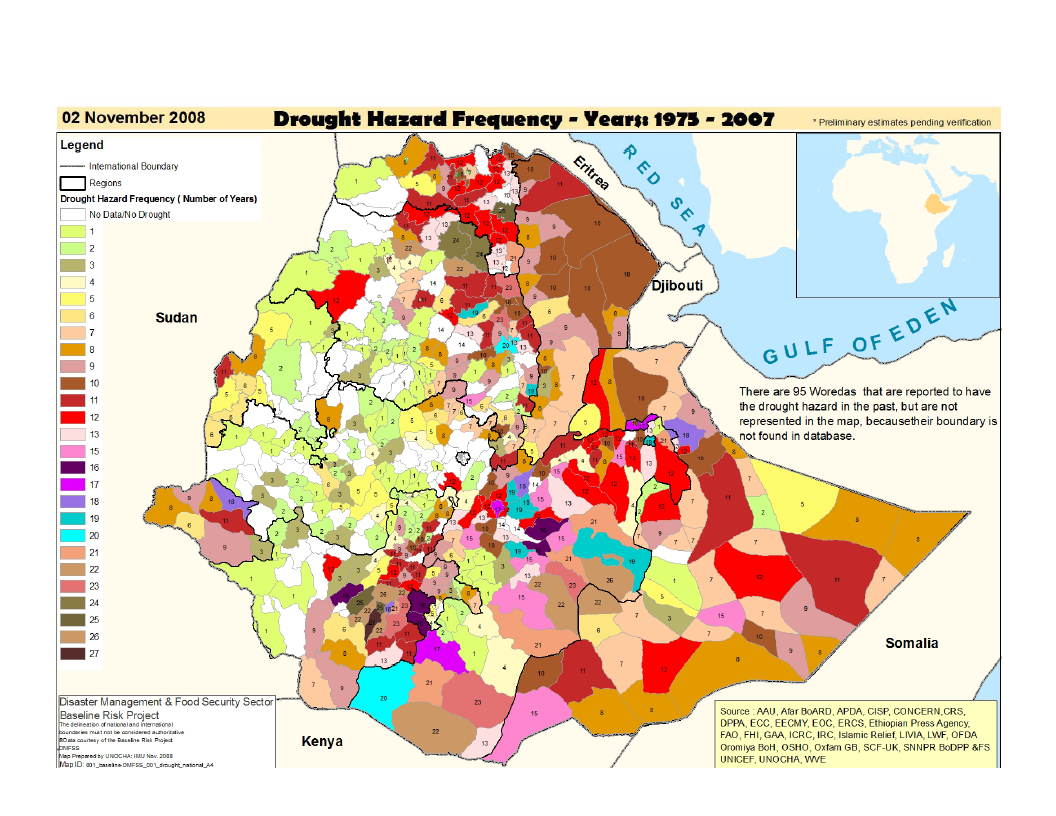
Susceptibility to Drought…
IGAD/reform
Regional Synthesis Workshop / N4airobi / May 2009
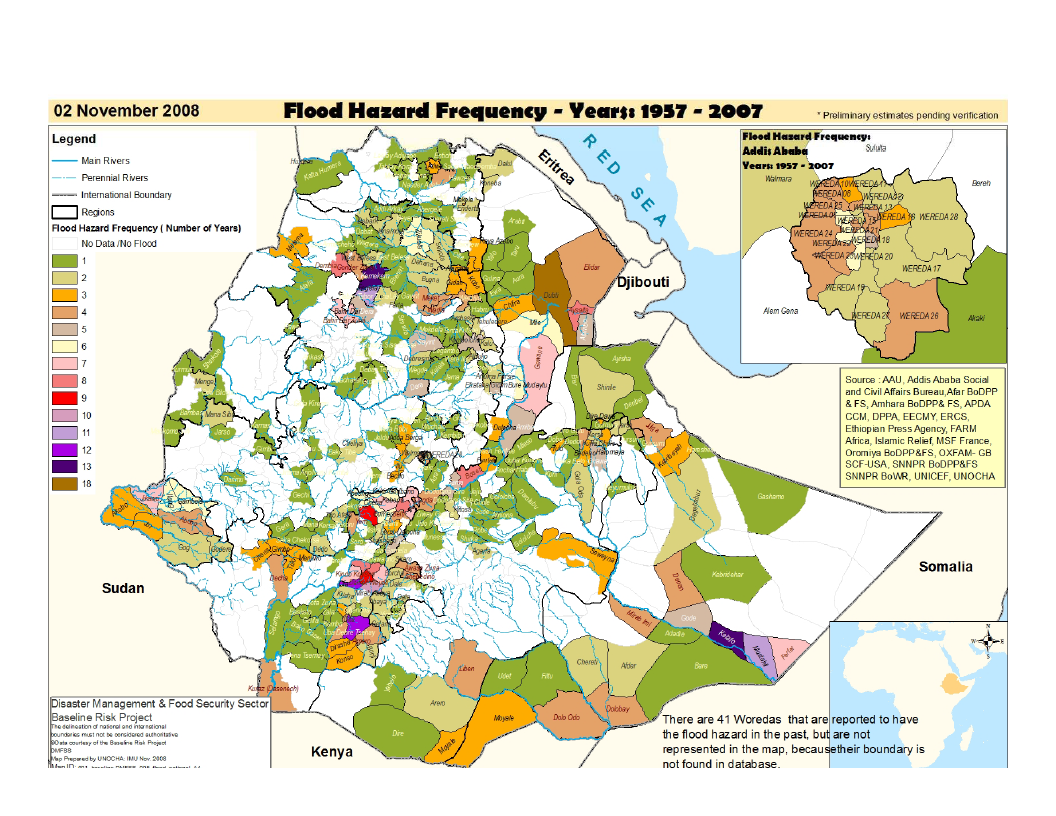
And Flood…
IGAD/reform
Regional Synthesis Workshop / N5airobi / May 2009
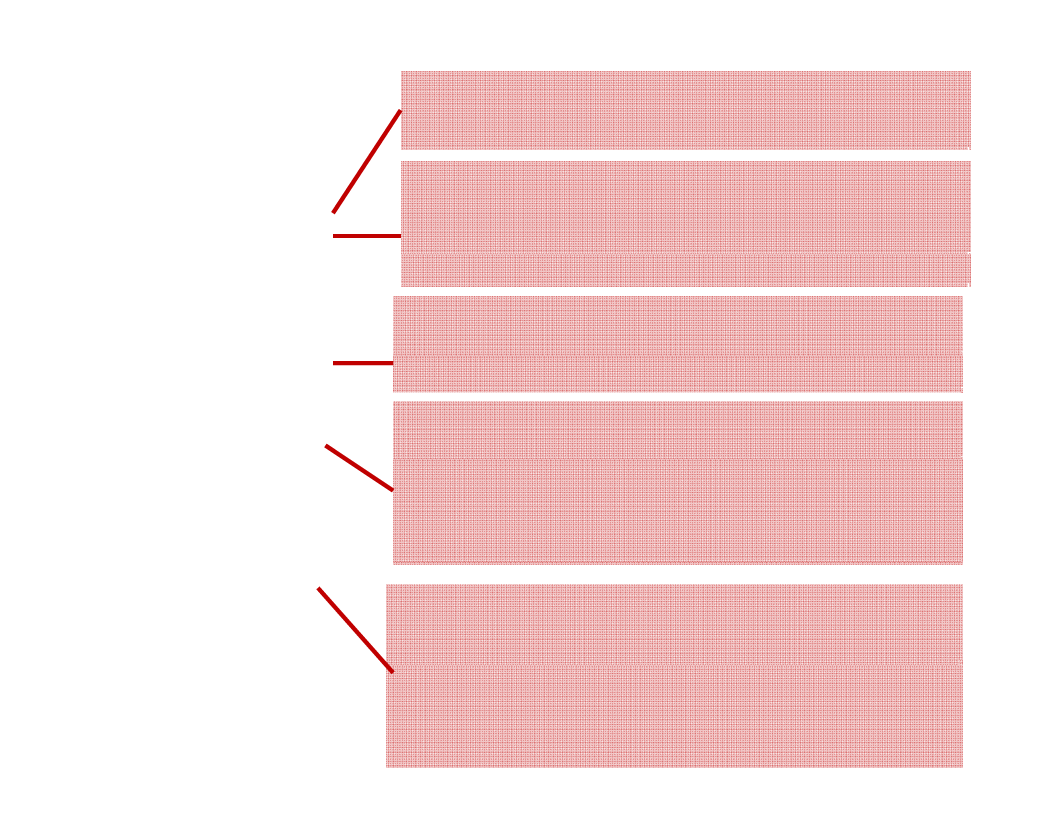
History of disaster
management:e
The system had been
practically relief
oriented and therefore
was quite effective in
saving lives, but its
contribution to reduce
vulnerability to
disaster risks as well
as poverty reduction
efforts has been
negligible. In recent
years the value of
emergency food and
non-food aid has
reached over US$ 350
million on average per
year.
6/19
Until 1973, there was no organized disaster
management institution and therefore response
to crisis up until then was ad hoc
The first formal Govt. disaster management
institution was established in 1973 with the
establishment of the RRC with a mandate of
providing relief assistance to drought affected
people in Wollo and Tigray
Since then the Govt. re-organized and adjusted
its disaster management structure according to
needs
The first organization, RRC, was re-
organized and merged with settlement and
Awash Valley Development Authorities in
1978 with a mandate of relief and
rehabilitation including settlement
programs
In 1993, the policy on NPDPM issued.
Following the ratification of the policy RRC
once again re-organized and changed into
DPPC with a major change in its mandate
(Relief supplies and Disaster Prevention
through linking relief to development)
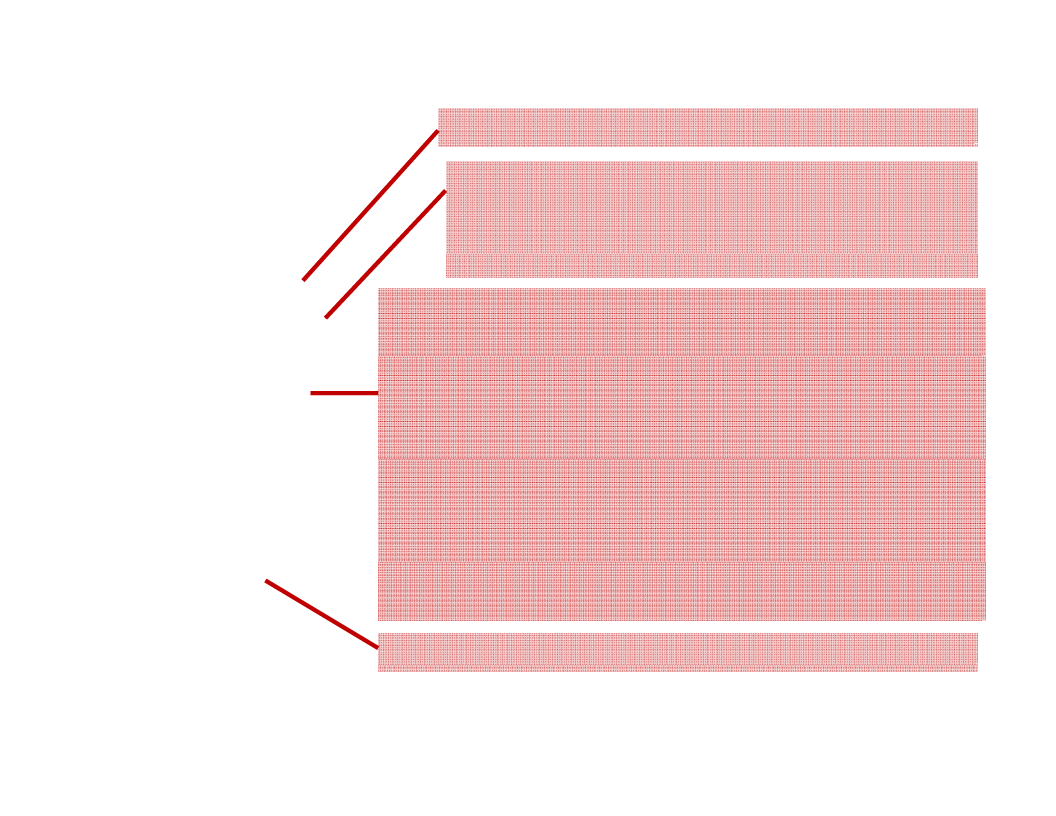
Why the
redirection of the
previous DMS
was needed?
Existing realities
signal the need
for reform of the
way the country
manages its
disaster risks and
related
vulnerabilities
BPR was the basis for the redirection
Needs and expectations Î desired
outcomes ÎCustomizing and incorporating
best practices and experiences Î
stretch objectives Î New design
Country & global situations (risks, hazards,
vulnerabilities, capacities, CC etc) and needs
& expectations of customers and
stakeholdersÎnew way of doing
thingsÎTransformed DMS (single and
standardized national system used by all
levels)Î reduce vulnerabilities & DR through
targeted DRR interventions as well as
effective DRM Îavoid and minimize adverse
effects of hazards
A shift to the DRM approach is a paradigm shift
7/17
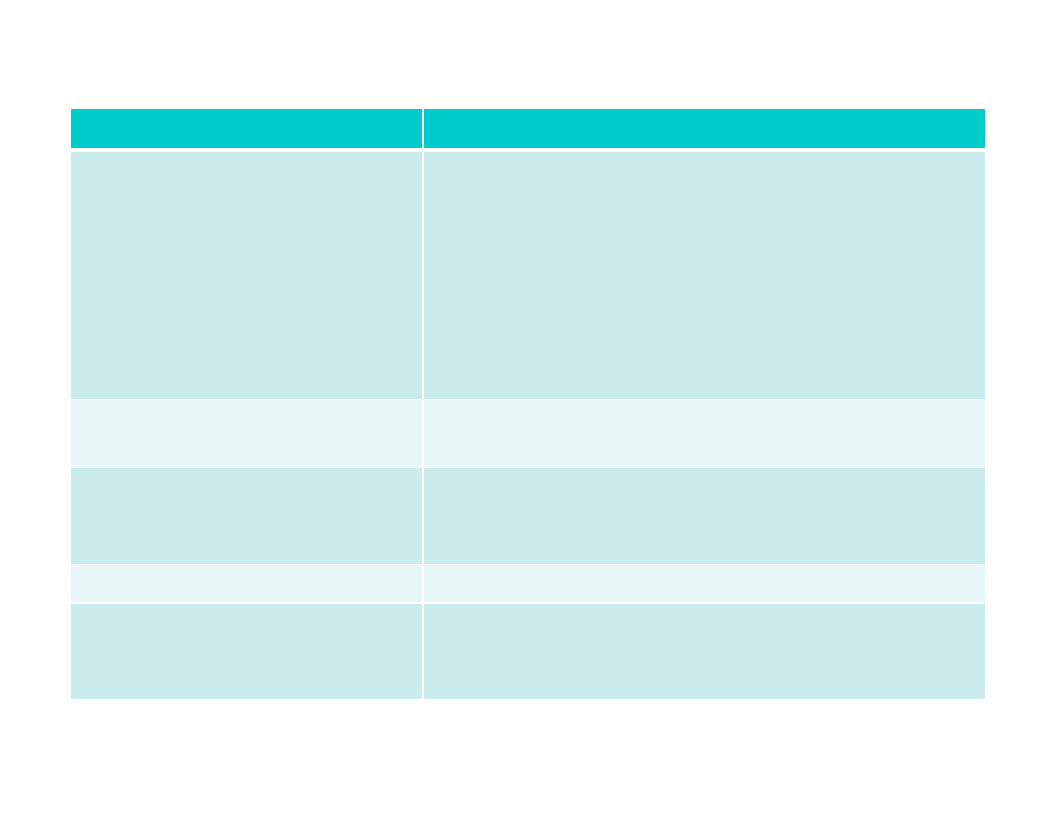
Where is the paradigm shift?
Before
Now/to be
•Crisis management oriented
and drought/food focused
DMS
(Reactive ex-post emergency
response and relief work)
•Disaster risk management approach
•All-hazard and multi sect oral approach
(with lead agency for management of each
hazard)
•Risk/vulnerability profile-based system
•Pro-active ex-ante preparedness and
disaster risk reduction
•Full cycle (prevention, mitigation,
preparedness, emergency response,
recovery, and rehabilitation)
Duplication of efforts and
uncoordinated approach
Single standardized national approach/system
No harmonized
approaches/system and
standardized methodologies
Decentralized preparedness and decision
making authority for response
Not people-centered
Community centered
No clear delineation of duties Clear delineation and demarcation of duties and
and responsibilities (various responsibilities at all levels
actors at all levels)
8/17
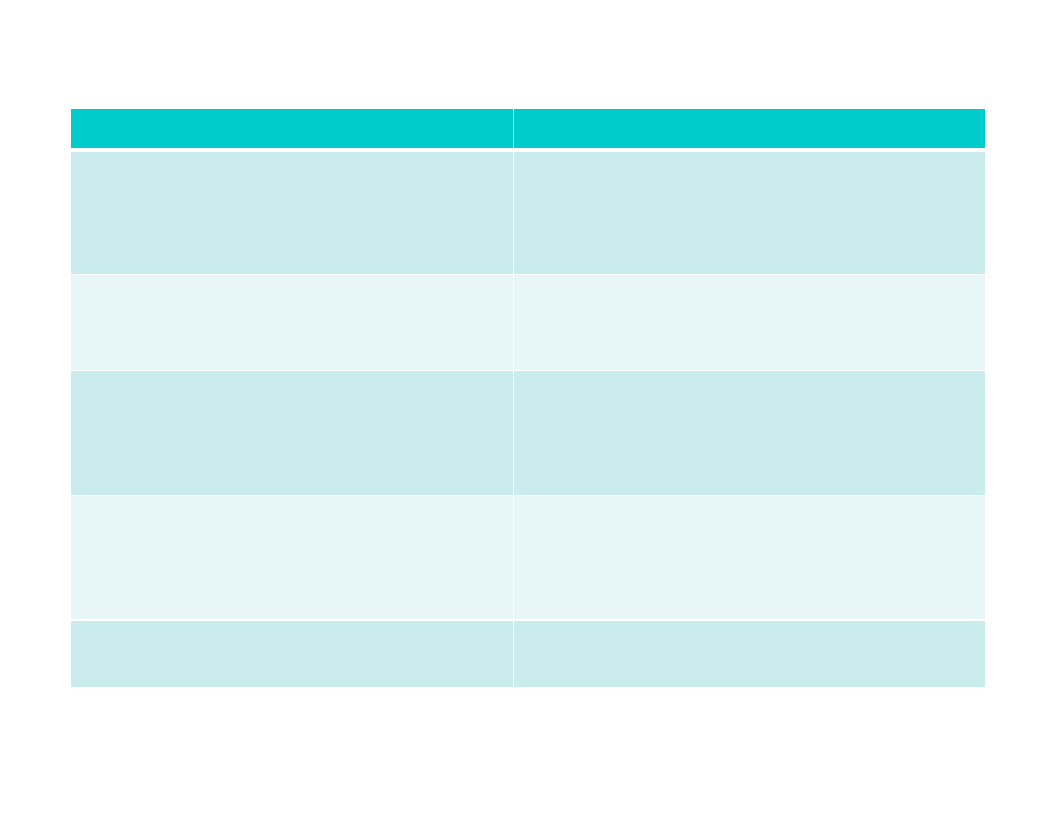
Where is the paradigm shift?
Before
Now/to be
Little or no linkage between
EW/monitoring
data/assessment findings and
responses
Early warning, monitoring or
assessment data serve as a basis
for preparedness and response
No alignment with mission and Aligned activities (b/n all
vision
administrative levels and with
vision and mission)
No pre-arranged MoU or
agreements (legal framework)
Functional-based structure,
improper placement and hence
poor decision making
mechanisms
Poor information
communication
Rigorous mechanism for
accountability (legal framework,
including pre-arranged MoU and
agreement)
Improved decision making
mechanism (process-based
structure, proper placement, and
decentralized decision making
authority)
ICT and other technologies
supported system
9/19
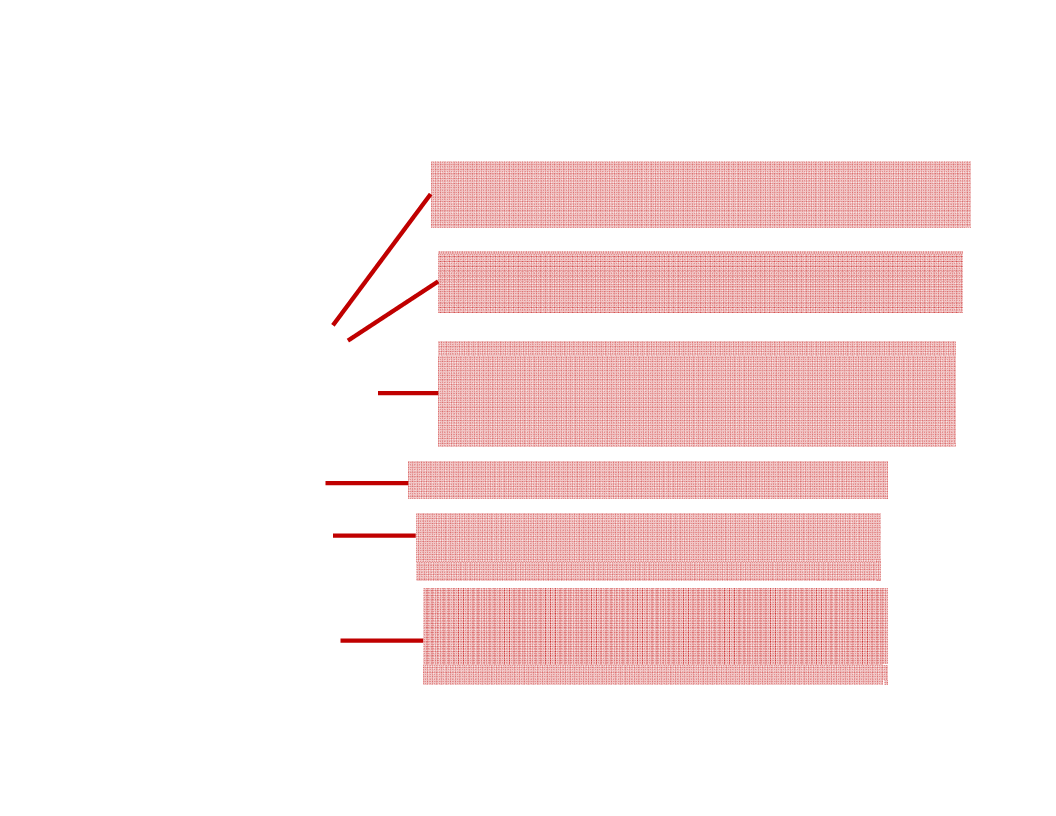
At what stage are
we now? In terms
of implementing
the new DRM
approach?
Since September
2008 we’ve interned
into the first phase
(testing) of the
implementation
stage and now
we’re about to
move to the next
phase
(operationalization)
10/17
Redesigned process (works organized
around outcomes/customers,
Staff allocation, orientation
Strategic and annual plan
Result oriented performance
management and measurement tool
(BSC)
Flat structure, Team charter
Established/strengthened coordination
mechanisms
A clear plan / DRM framework/ to
prioritize investments in implementing
the new DRM approach
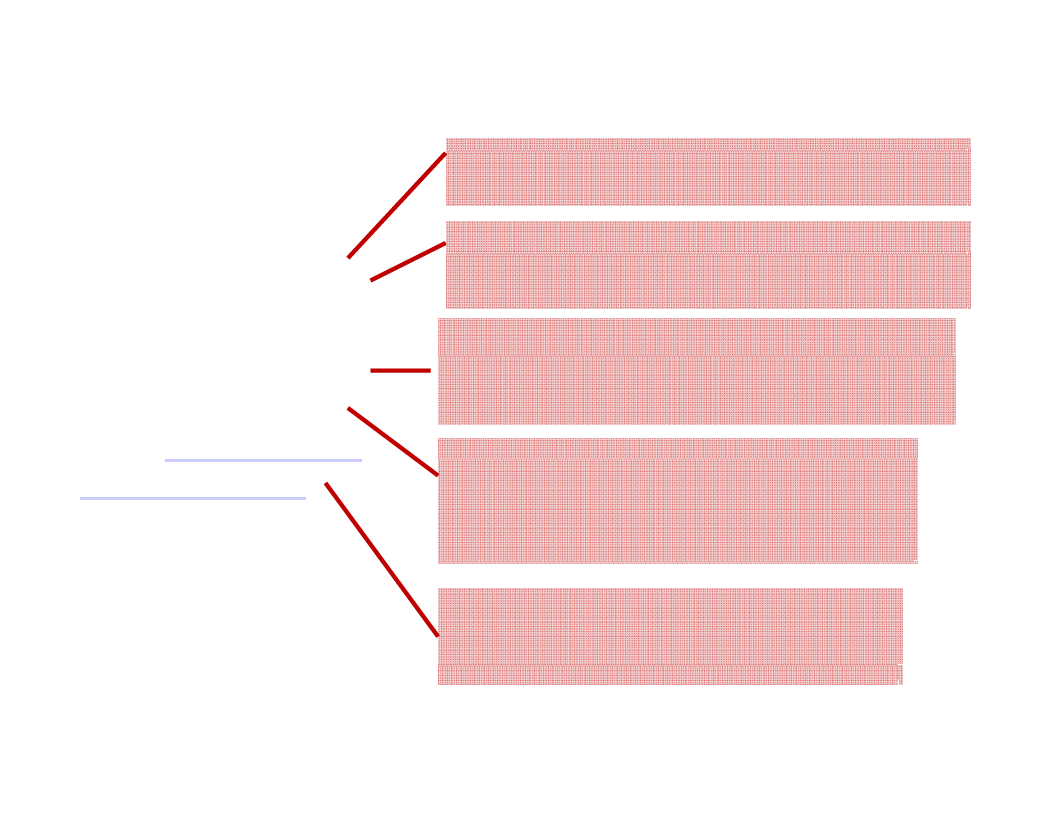
What are the
objectives of the
plan?
The plan has five
objectives linked to
the globally agreed
Hyogo framework
for action
(HFA)Final version
Matrix.doc.doc
11/17
Strengthen national disaster risk
management strategies and institutions
Ensure risk and vulnerability assessments,
early warning and contingency planning
and financing- in both rural and urban areas
Increase and sustain awareness
creation, education and capacity
building
Reduce underlying risk and
vulnerability (and integrate DRR into
sector planning and practices for
example in water, health, environment)
Improve emergency preparedness and
response through capacity
strengthening
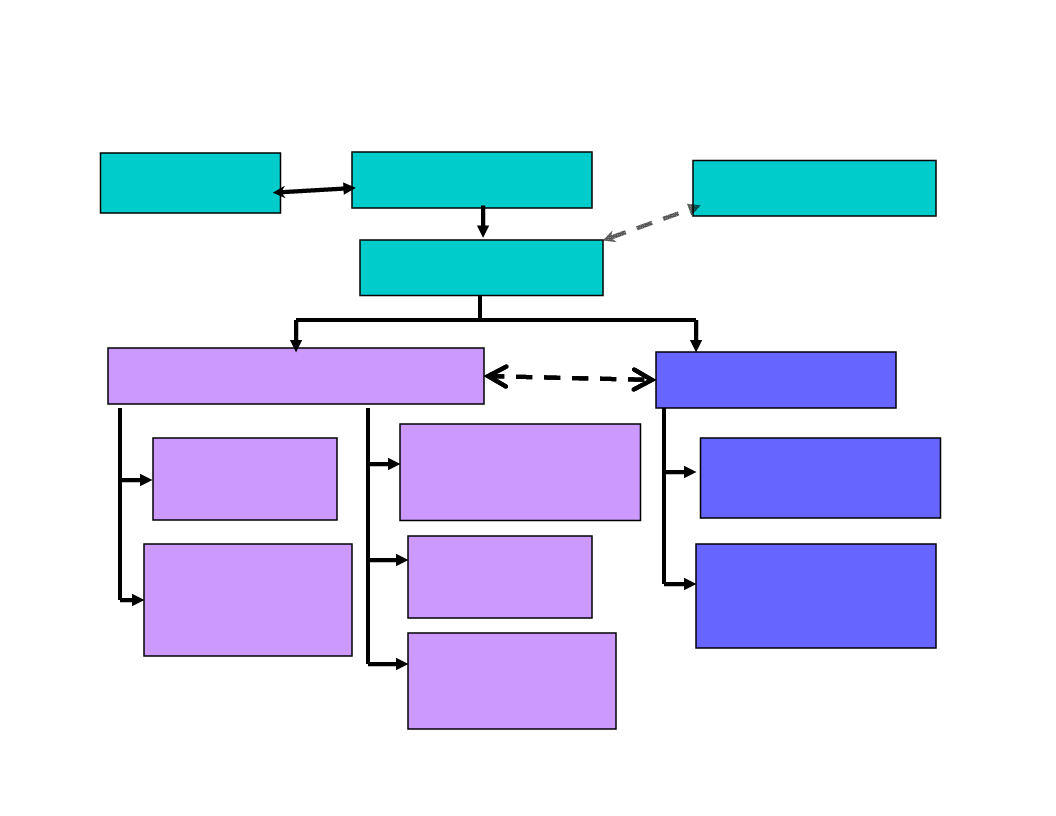
Organizational structure of DRMFSS
NDPPC
MoARD
EFSRA
DRMFSS
EWRD
DRMEWR
Case Team
ELmoegrisgteicnscy
maLnoaggisetmicesnt
mCaansaegTeemament
Case Team
PPCrFECorFaimonacsincasueeaunerrTnergcTeemceeemaenea&mce&nmynt t
EWRIM
Case Worker
Aid agencies
Coordination
Case Worker
FSCD
Resettlement
coordination
Case Team
Safety net and
household asset
building case
team

Major Achievements:
•Improved efficiency in service delivery
• Continuous improvement on the newly
designed business process (based on test
results and feedbacks from
customers/stakeholders)
13/19

Major Achievements:
•Commitment and demonstrated leadership role
on the part of the Government
• Existence of DRM implementation framework
(priority areas/actions)
• Active involvement of partners in the
identification of priority areas/actions for the
implementation of the new DRM approach and
reaffirmed commitment to provide all possible
supports for the implementation
14/19

Major Achievements:
• Improved decision making arrangements with
decentralized decision making authority (e.g.
strengthening preparedness)
• Aligned activities at all levels with proper interface with
other processes within the ministry and other line
ministries at the federal level
•Improved working relationship with regions and line
ministries by aligning processes and activities as well as
by building trust, transparency, and confidence (legal
framework-MOU)
15/19

Major Achievements:
• Improved collaboration and coordination with partners
(more transparent and coordinated approach)
• Revitalization and reactivation of coordination
mechanisms (EWWG, and sect oral TF etc)
• Encouraging
progresses
towards
DRMS
decentralization (preparedness…)
• The launching of Woreda disaster risk profiling (pilot
phase)
• A foundation for enhancing horizontal and vertical
information flow is being laid (through woreda
connectivity)
16/19

Major Achievements:
• The draft DRM policy is now ready for submission to
concerned government body for approval
• More focus on capacity building
• Introduction of different tools for the implementation
of the new approach
• Improved collaborations with regional and
international organizations (e.g. IGAD, GMFS, USA
Forest Fire Service)
• Developing matrix of priorities of interventions for
effective DRM approach
17/19

Challenges:
• Inadequate funding/resources to adequately
address immediate emergency needs
• Insufficient funding for the implementation of
the new DRM approach
• Predominantly external resource dependent
system/practice (affecting decentralization of
the system)
• Capacity limitations (understaffing, limited
knowledge and skills in DRM, limited access and
application of modern technologies, scarce
resources etc) at all levels of government
18/19

Challenges:
• Slow progress in automation of the system
(using the Woreda Net infrastructure)
• Visible inclination towards project approach
rather than institutionalized approach
• Information exchange and report sharing as well
as communication still need further
improvement
19/19

Vulnerability/Risk
Profile-based DRM
Designing and
implementing
disaster risk
reduction
interventions/progr
ammes to minimize
vulnerabilities and
disaster risks
Strengthening
hazard monitoring,
forecasting, early
warning, and
response system
for effective DRM
20/19
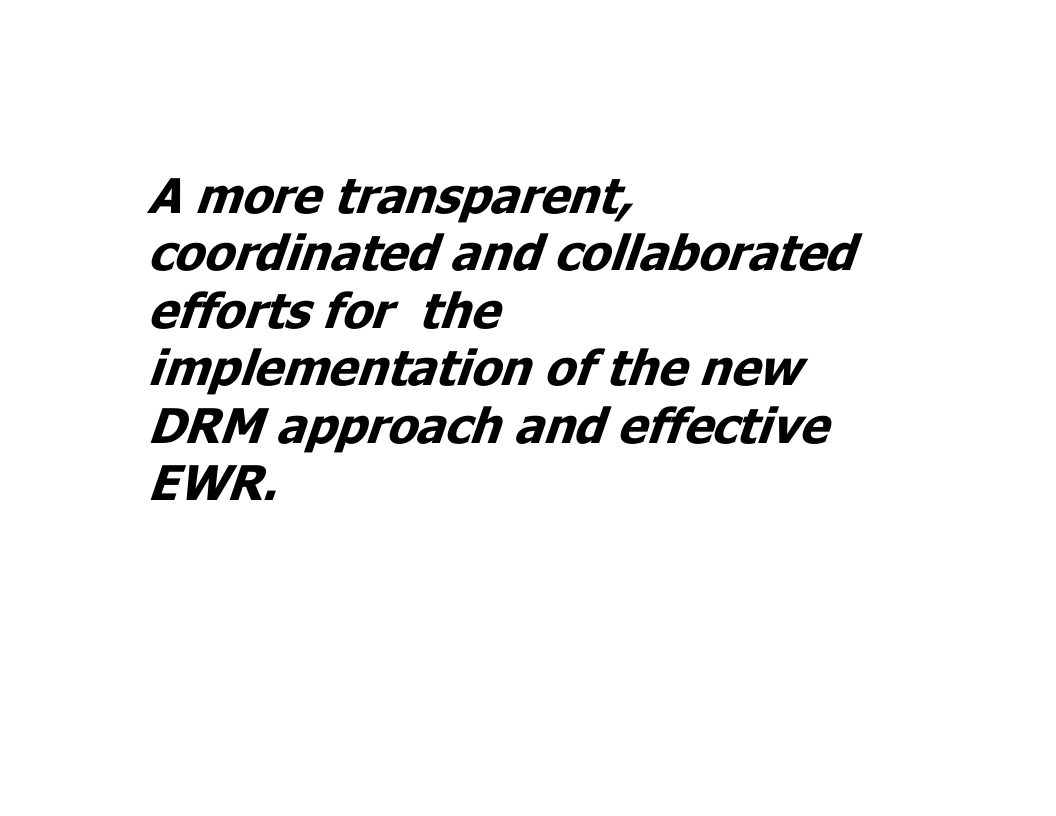
Way forward:
A more transparent,
coordinated and collaborated
efforts for the
implementation of the new
DRM approach and effective
EWR.

Through our collaborative and coordinated
efforts we can successfully implement the
DRM new approach and hence make hunger
and vulnerability history in Ethiopia.
I THANK YOU
22/19




